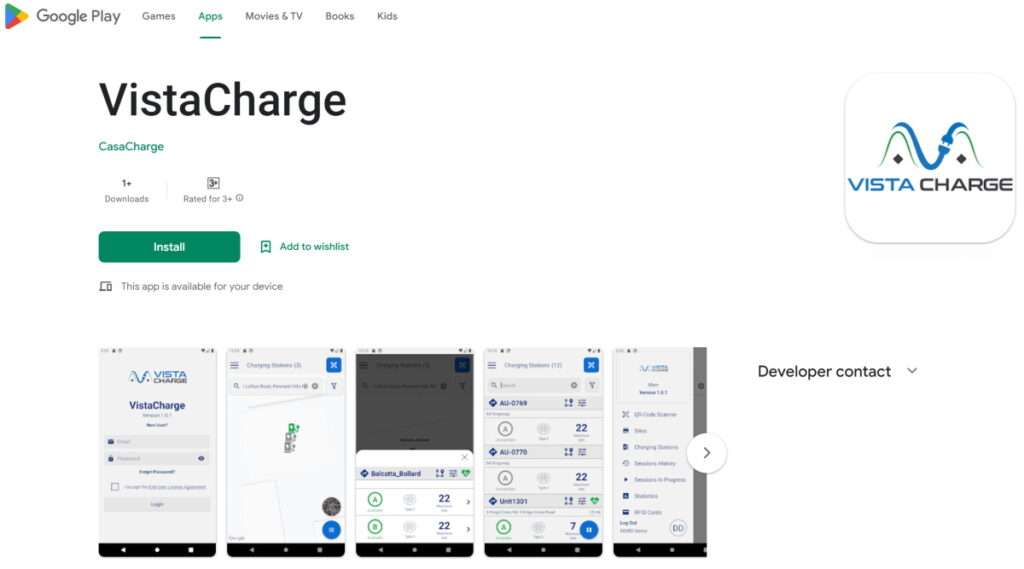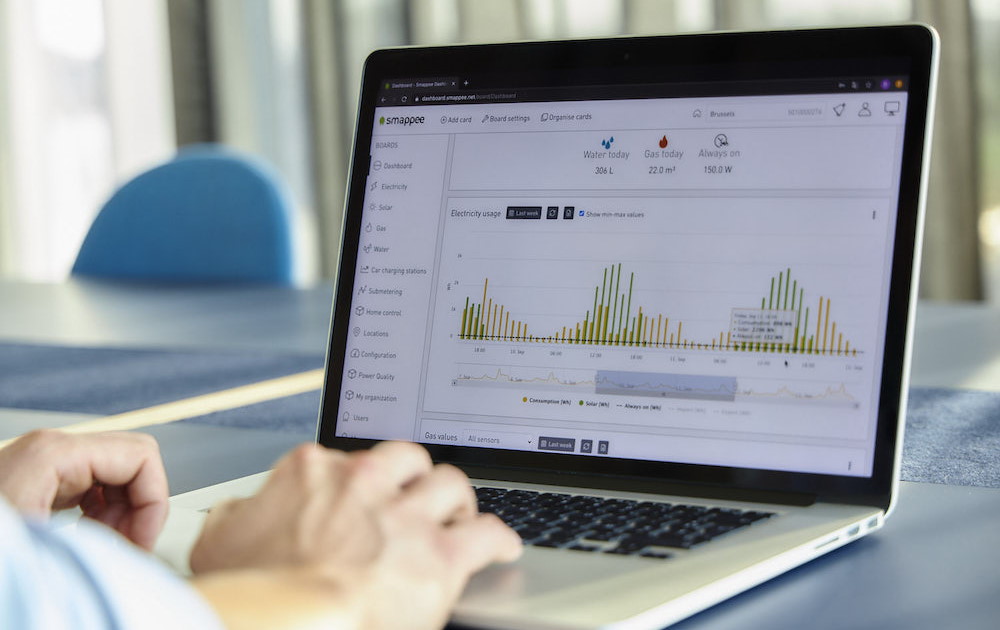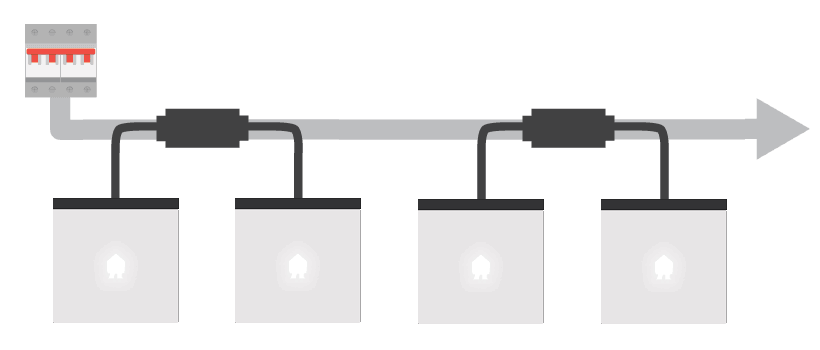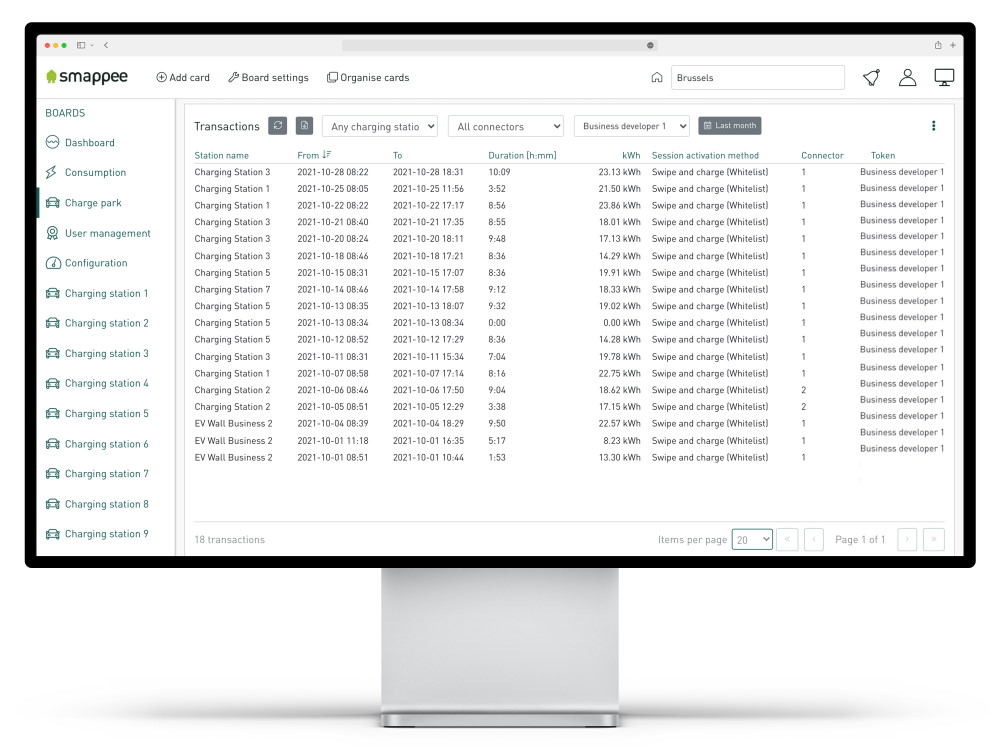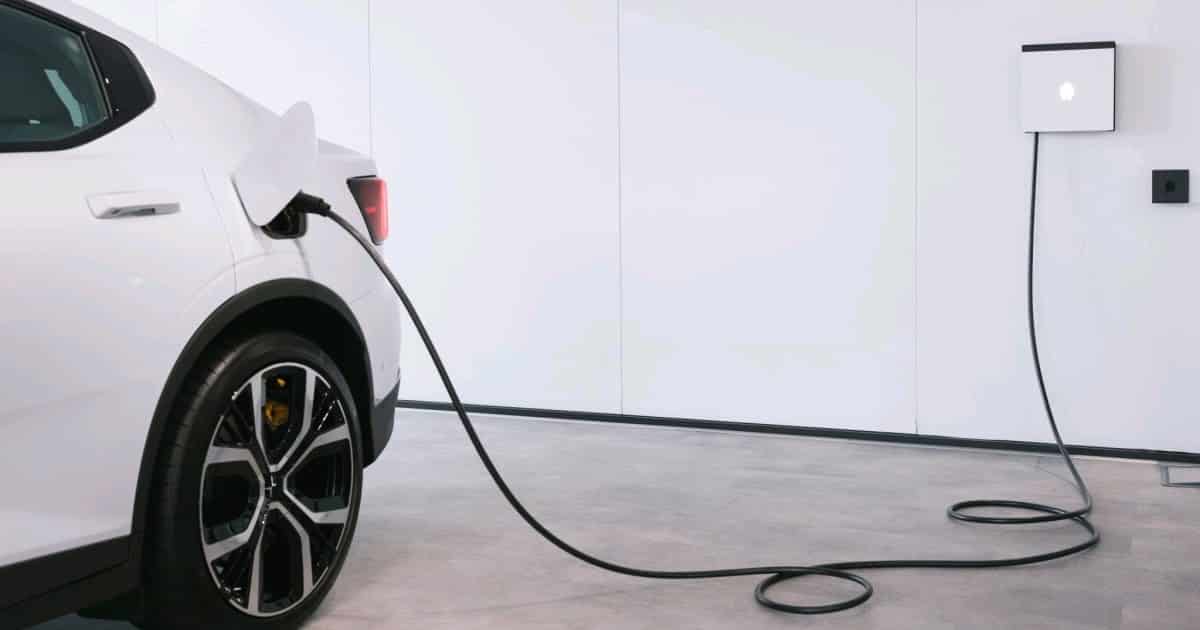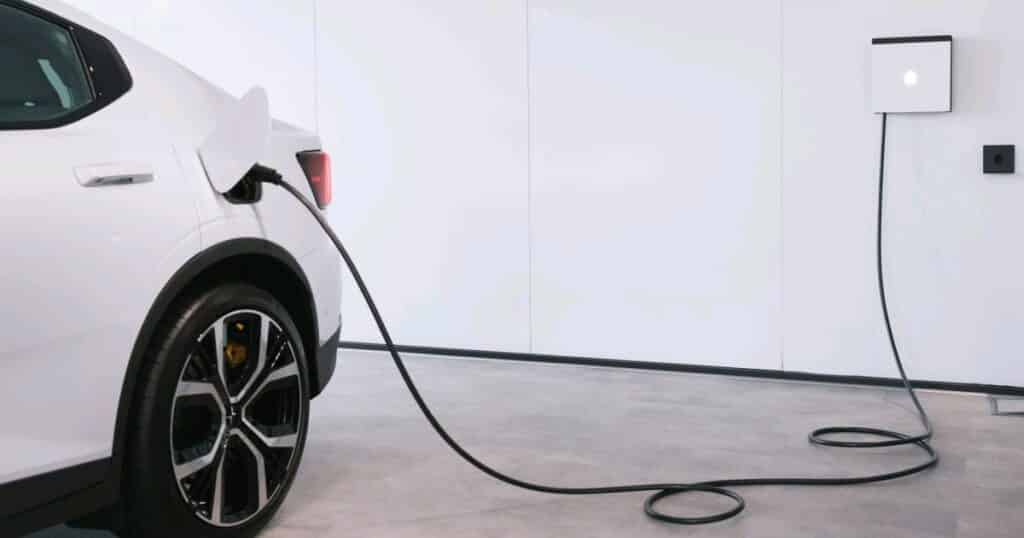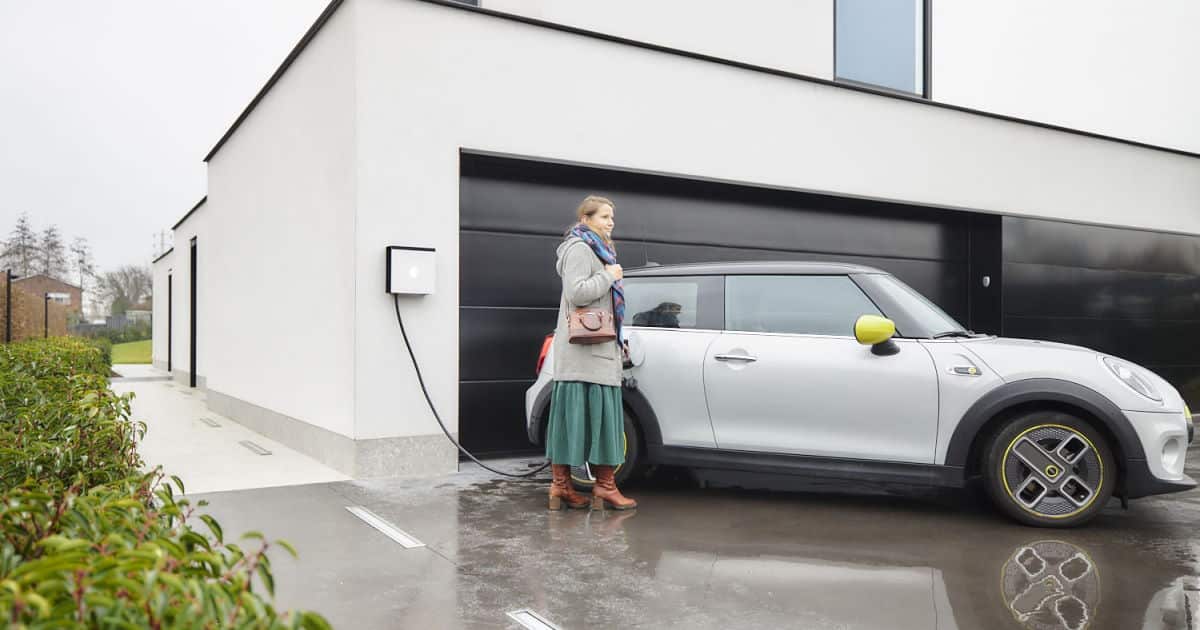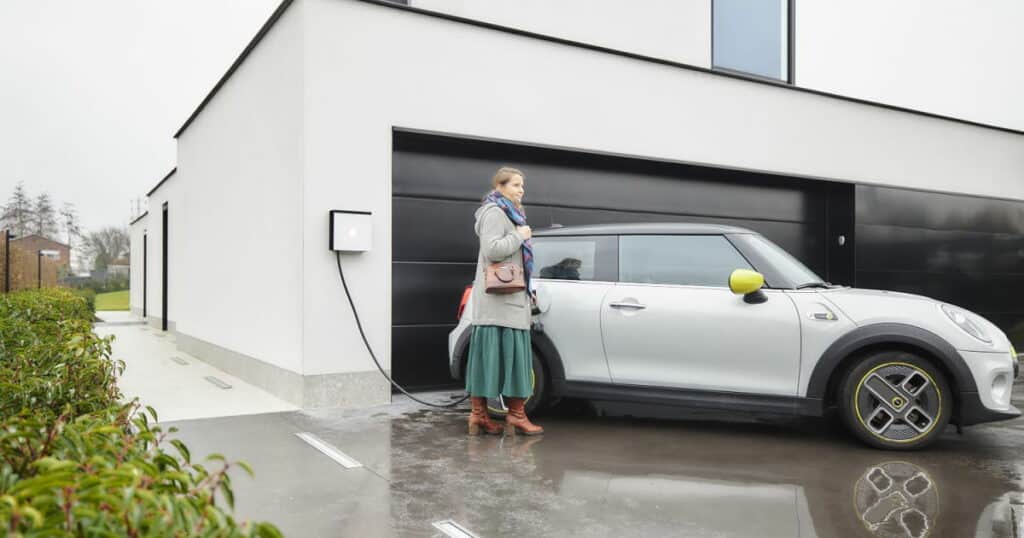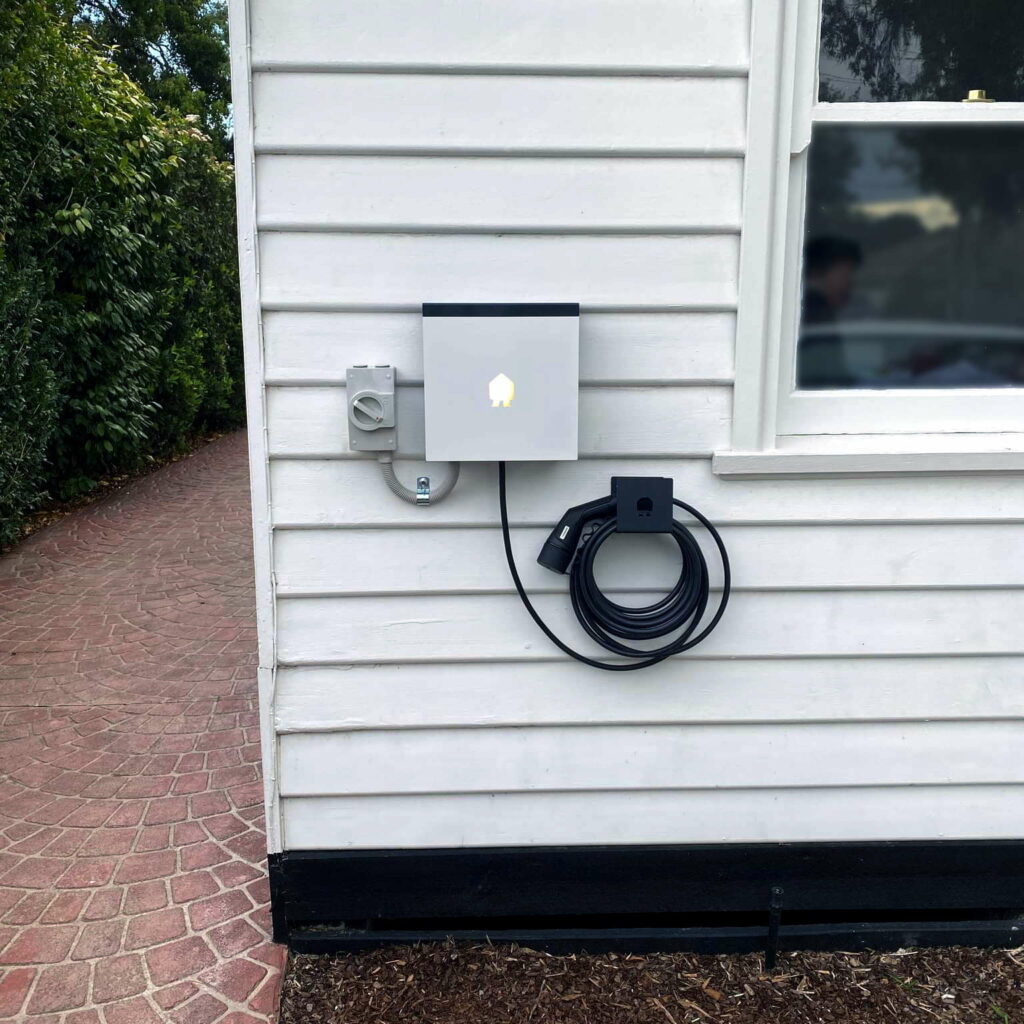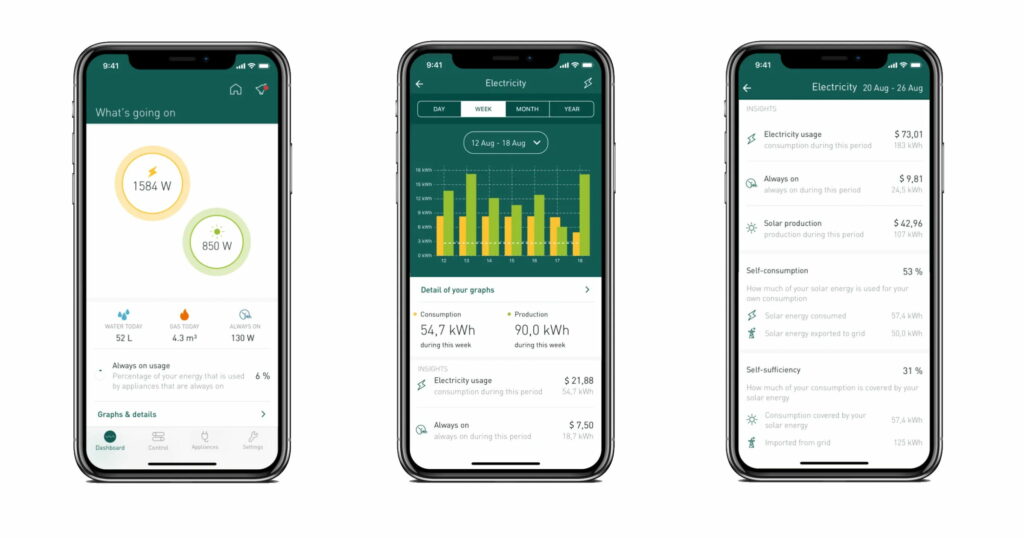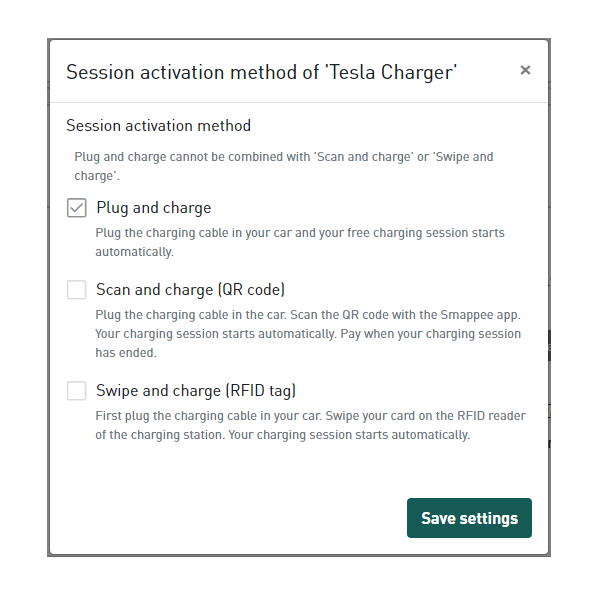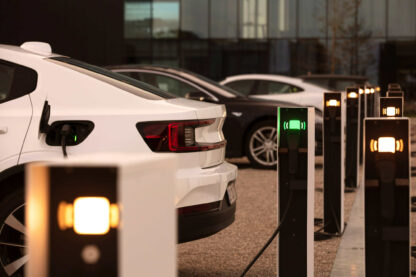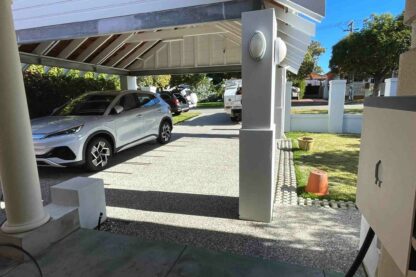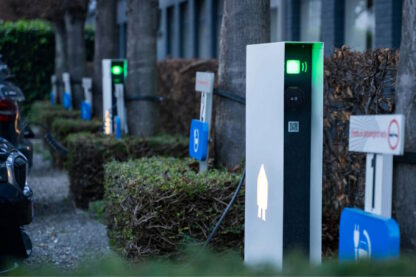
$20 Million in EV Charging Grants for Regional NSW

Looking for a way to attract more visitors to your region, and encourage them to linger longer? A new NSW grant could help you do just that. The NSW Government is investing $20 million to co-fund the purchase and installation of EV chargers, to support eligible regional NSW destinations.
Installing EV chargers could be a great way of driving tourism and business growth – so here are the must-know details.
What exactly are the NSW Destination Charging Grants?
These grants are part of a larger strategy by the NSW Government to help grow the electric vehicle (EV) charging network while supporting regional areas. Grants will range from $2,000 to $40,000 per site and provide:
- 75% towards the cost of an eligible 7 kW and/or 22 kW electric vehicle charger(s)
- 75% towards the cost of installation (capped at $1,000 per charger)
- 50% towards a 2-year EV charger software subscription from the EV charger software list.
Why consider applying?
There are a bunch of great reasons to consider applying. A grant could help to:
- Attract new visitors to your site and local area
- Encourage visitors to stay longer and explore what the region has to offer
- Enhance the visitor experience
- Bring in business from wider promotions and EV trail maps
- Foster growth within the local economy, and
- Support lower carbon emissions.
Think there’s only a limited market for EV drivers? Think again.
The NSW Electric Vehicle Strategy aims to increase EV sales to 52% of all new car sales by 2030-31, and the vast majority of new car sales by 2035.
Who’s eligible?
A range of regional destination types throughout regional NSW may be eligible for the grants, including visitor information centres, cafés and restaurants, hotels and motels, holiday parks, galleries, museums and attractions.
Your site will need to be located in an eligible regional local government area (LGA). There’s a large list of eligible LGAs ranging from Albury City Council through to Yass Valley Council.
There are other eligibility requirements too, which you can find in the charging grant guidelines.
Click/Tap to view eligible local government areas
| Albury City Council | Armidale Regional Council |
| Ballina Shire Council | Balranald Shire Council |
| Bathurst Regional Council | Bega Valley Shire Council |
| Bellingen Shire Council | Berrigan Shire Council |
| Bland Shire Council | Blayney Shire Council |
| Blue Mountains City Council | Bogan Shire Council |
| Bourke Shire Council | Brewarrina Shire Council |
| Broken Hill City Council | Byron Shire Council |
| Cabonne Council | Carrathool Shire Council |
| Central Coast Council | Central Darling Shire Council |
| Cessnock City Council | Clarence Valley Council |
| Cobar Shire Council | Coffs Harbour City Council |
| Coolamon Shire Council | Coonamble Shire Council |
| Cootamundra-Gundagai Regional Council | Cowra Shire Council |
| Dubbo Regional Council | Dungog Shire Council |
| Edward River Council | Eurobodalla Shire Council |
| Federation Council | Forbes Shire Council |
| Gilgandra Shire Council | Glen Innes Severn Council |
| Goulburn Mulwaree Council | Greater Hume Shire Council |
| Griffith City Council | Gunnedah Shire Council |
| Gwydir Shire Council | Hay Shire Council |
| Hilltops Council | Inverell Shire Council |
| Junee Shire Council | Kempsey Shire Council |
| Kiama Municipal Council | Kyogle Council |
| Lachlan Shire Council | Lake Macquarie City Council |
| Leeton Shire Council | Lismore City Council |
| Lithgow City Council | Liverpool Plains Shire Council |
| Lockhart Shire Council | Lord Howe Island (Unincorporated Area) |
| Maitland City Council | Mid-Coast Council |
| Mid-Western Regional Council | Moree Plains Shire Council |
| Murray River Council | Murrumbidgee Council |
| Muswellbrook Shire Council | Nambucca Valley Council |
| Narrabri Shire Council | Narrandera Shire Council |
| Narromine Shire Council | Oberon Council |
| Orange City Council | Parkes Shire Council |
| Port Macquarie-Hastings Council | Port Stephens Council |
| Queanbeyan-Palerang Regional Council | Richmond Valley Council |
| Shellharbour City Council | Shoalhaven City Council |
| Singleton Council | Snowy Monaro Regional Council |
| Snowy Valleys Council | Tamworth Regional Council |
| Temora Shire Council | Tenterfield Shire Council |
| Tweed Shire Council | Unincorporated Far West |
| Upper Hunter Shire Council | Upper Lachlan Shire Council |
| Uralla Shire Council | Wagga Wagga City Council |
| Walcha Council | Walgett Shire Council |
| Warren Shire Council | Warrumbungle Shire Council |
| Weddin Shire Council | Wentworth Shire Council |
| Wingecarribee Shire Council | Yass Valley Council |
How do I find the right products?
There’s a handy list of EV chargers and EV charger software that are approved for the grant applications. The right product and software for your site may depend on specific factors such as power supply to your site, where the car park/s are to be situated, and the style you’re looking for.
Good to know:
Here at VPT we supply and install the Smappee EV Wall (wall-mounted) and Smappee EV Base (pedestal-mounted) charging stations, which are both approved for the NSW Destination Charging Grants. As well as being feature-packed, these chargers also have a minimalistic style which ties in well with modern, classic and heritage buildings.
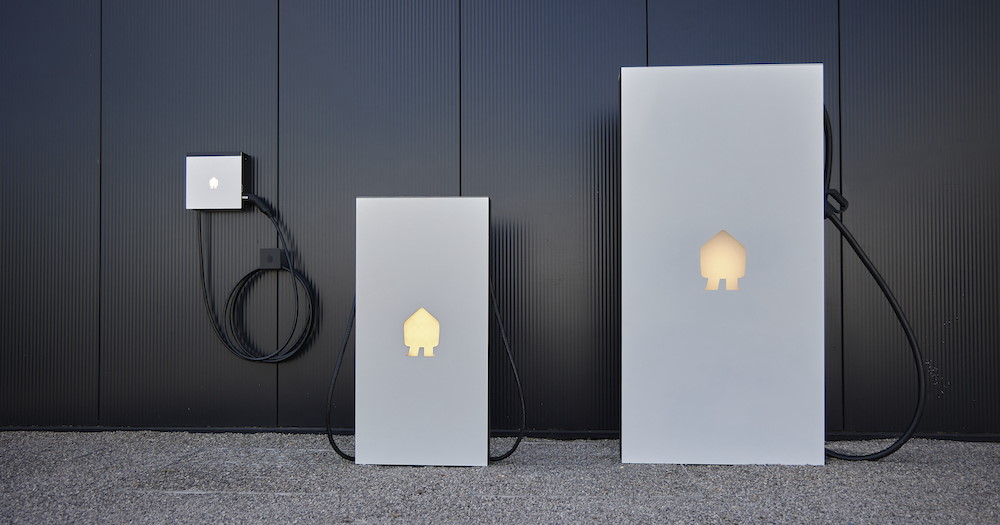
You’ll need to obtain a commercial quote for your chosen EV charger to include with your grant application. We’d be happy to provide site-specific guidance and an obligation-free quote to help you with this process.
What about billing software…
We can also support charger management and consumer billing with our very own VistaCharge app. You can check it out at vistacharge-app.com.au. Also available for your Android or IOS.
The VistaCharge app allows users to start a charging session just by scanning a QR code on the charging station. Once the session is complete the platform will bill their credit card. The charging station owner will then be reimbursed on a monthly or quarterly basis.
Do I pay for the electricity?
The cost of electricity used by the chargers will be covered by the charging provider, not the site host. If you’re running a site such as a hotel or motel, with the right product you could potentially choose to charge an extra fee (say, $15) per night to customers who require access to a charger.
Round one applications are now open There could be great benefits to applying, but it can also be challenging to understand which EV charger and software will be right for your site. The VPT team would be happy to help you clarify your requirements, assess potential load control and provide a commercial quote for supply and install.
All of the information outlined above was accurate at the time of publishing this page. For full up-to-date eligibility and grant information, be sure to head over to the official grant page.
Share Post
Recent Posts
Rapid DC EV Chargers Approved for WA’s Charge Up Grant
Why Smappee’s Updated Data Retention Policy is Excellent News
8 Smappee-Compatible EV CPO Services in Australia
EV Charger Installation Costs in Australia: Homeowner’s Guide
Chargefox Works Great with Smappee Public EV Charging Stations
Unlock the NT EV Charging Grant & Level Up with an Efficient Smart EV Charger

